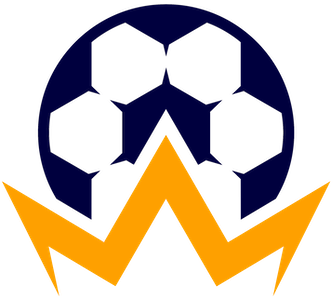The Premier League is set to revolutionize its officiating by adopting semi-automated VAR offside technology (SAOT) during Matchweek 32, spanning April 12-14. This decision follows an almost year-long deliberation period, initiated when clubs unanimously approved the technology on April 11 of the previous season. The introduction was initially intended for a later phase but faced delays in testing, raising eyebrows about its effectiveness and timing. Such hesitations reflect an ongoing tension between innovation and execution in football’s governing bodies. Nevertheless, Premier League officials, led by Tony Scholes, view this implementation as a significant step forward in enhancing the accuracy and speed of offside decisions.
Historical Context and Psychological Impacts
This shift toward SAOT comes in the wake of persistent debates about the traditional VAR system’s credibility, which has at times hindered the game rather than improving its flow. The prolonged VAR reviews have often left players, managers, and fans in a state of bewilderment, questioning the integrity of the decision-making process. The infamous eight-minute review during a Bournemouth vs. Wolverhampton Wanderers match exemplifies the frustrations endured by all stakeholders involved. Such psychological impacts are key; football thrives on spontaneity and excitement, and prolonged stoppages may stifle the game’s natural rhythm, infusing uncertainty instead.
The Premier League’s adoption of SAOT promises to cut down offside review times by an average of 31 seconds, a modest yet impactful enhancement that could recapture the fluidity of the game. It’s essential to recognize that speed isn’t the only consideration—accuracy plays a pivotal role in officiating. Scholes’ assertion that the Premier League’s system is the most reliable, unbiased, and future-proof solution could boost confidence among players and fans alike.
Exclusive Terrain: Why the Premier League?
In an interesting twist, concerns abound regarding the Premier League’s decision to develop its own SAOT system when several leagues have already adopted similar technologies. Critics may argue that this approach might put the league at risk of falling behind UEFA and FIFA, which have already performed eager trials in highly watched competitions like the World Cup and Champions League. This decision, at first glance, seems somewhat insular. However, Scholes argues for the unique merits of their system, emphasizing a belief in its superior accuracy while negating the necessity for a chip embedded in the ball. This is a significant distinguishing factor, especially when you consider that the patent for such technology belongs to Adidas, which complicates accessibility for leagues not using their products.
Learning from Global Counterparts
The experience gleaned from leagues like Serie A and La Liga, which have transitioned to SAOT, provides invaluable lessons for the Premier League. Serie A’s move came on the heels of a judgment blunder that disallowed a stoppage-time goal for Juventus, igniting necessity for change. Conversely, La Liga’s transition has been marred by controversies regarding the precision of the system. The scrutiny faced by these leagues can serve as guiding beacons, prompting Premier League officials to tread cautiously yet purposefully. The goal should remain not merely about adopting technology for technology’s sake but ensuring that it tangibly enhances the experience of players, officials, and supporters alike.
Anticipated Challenges and Opportunities
As anticipation builds for the rollout of SAOT, so too do the challenges associated with the technological evolution of the game. Ensuring all officiating staff are adequately trained in this new system will be paramount to its success. Past errors in judgment have colored the reputation of VAR, and any perceived missteps in the implementation of SAOT could reignite the dialogue surrounding the reliability of technological aids.
Nonetheless, this initiative is a chance for the Premier League to redefine its relationship with technology, providing a template for other leagues to adopt more effective systems. By prioritizing transparency and accuracy, it could foster an environment where referees feel supported rather than scrutinized, allowing them to make decisive calls confidently. The goal is not to eliminate human judgment but to elevate the standards to which players and officials adhere.
The introduction of semi-automated VAR represents a determined push toward a more innovative and efficient landscape in football officiating. As fans eagerly await its debut, one can only hope that this transition will restore faith in the game, bringing back the joy and spontaneity that makes football the beautiful game.


Leave a Reply